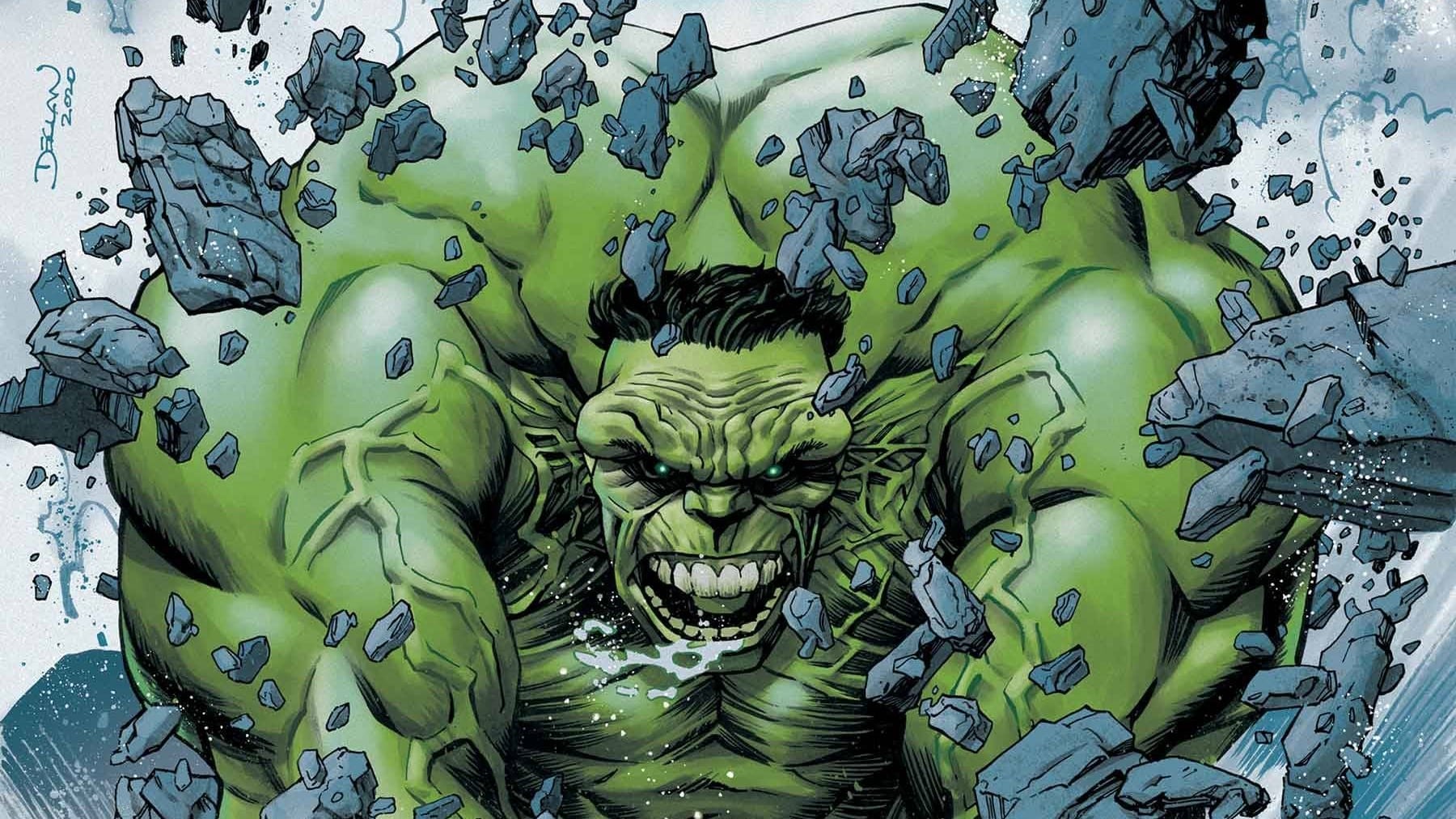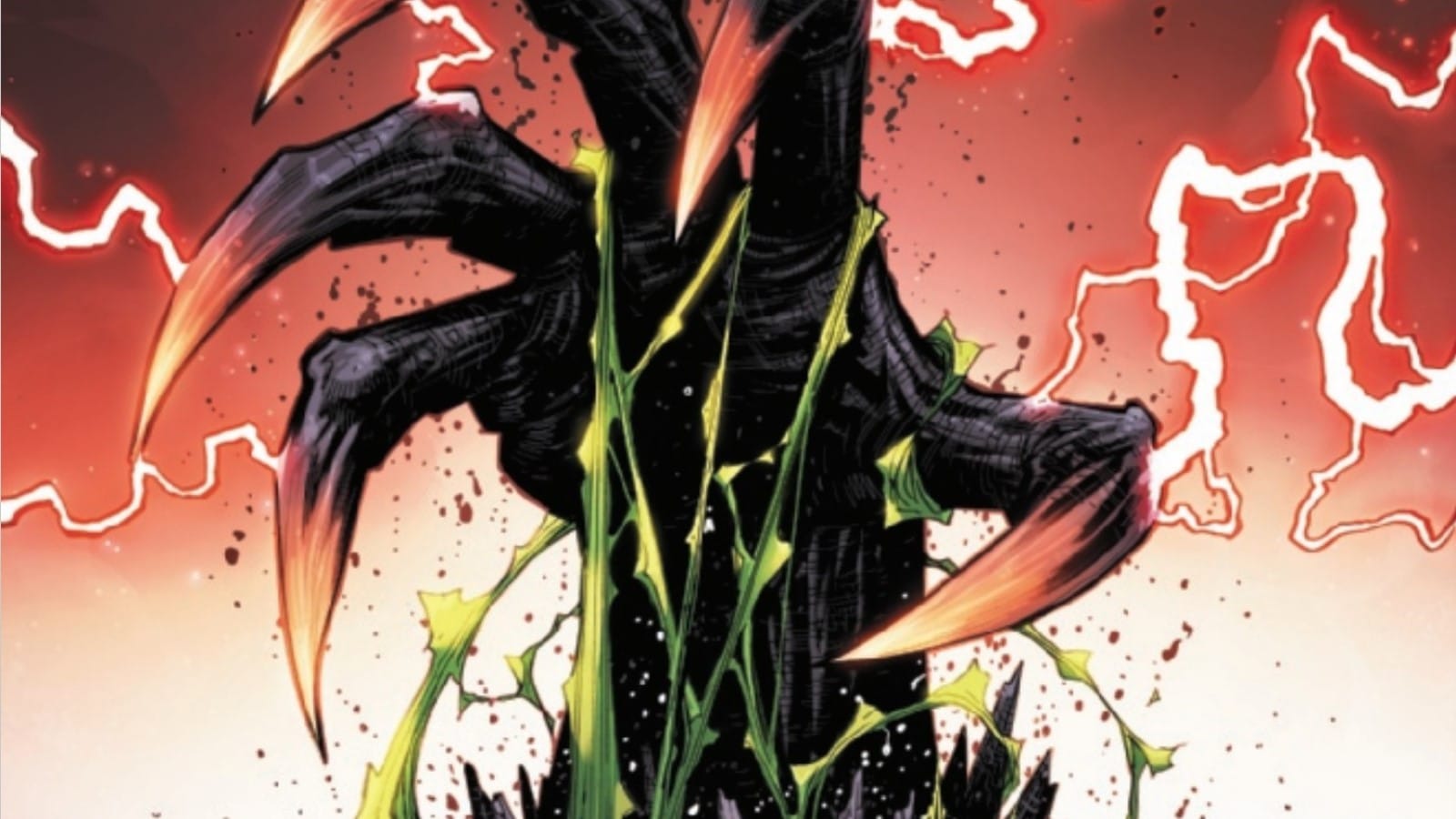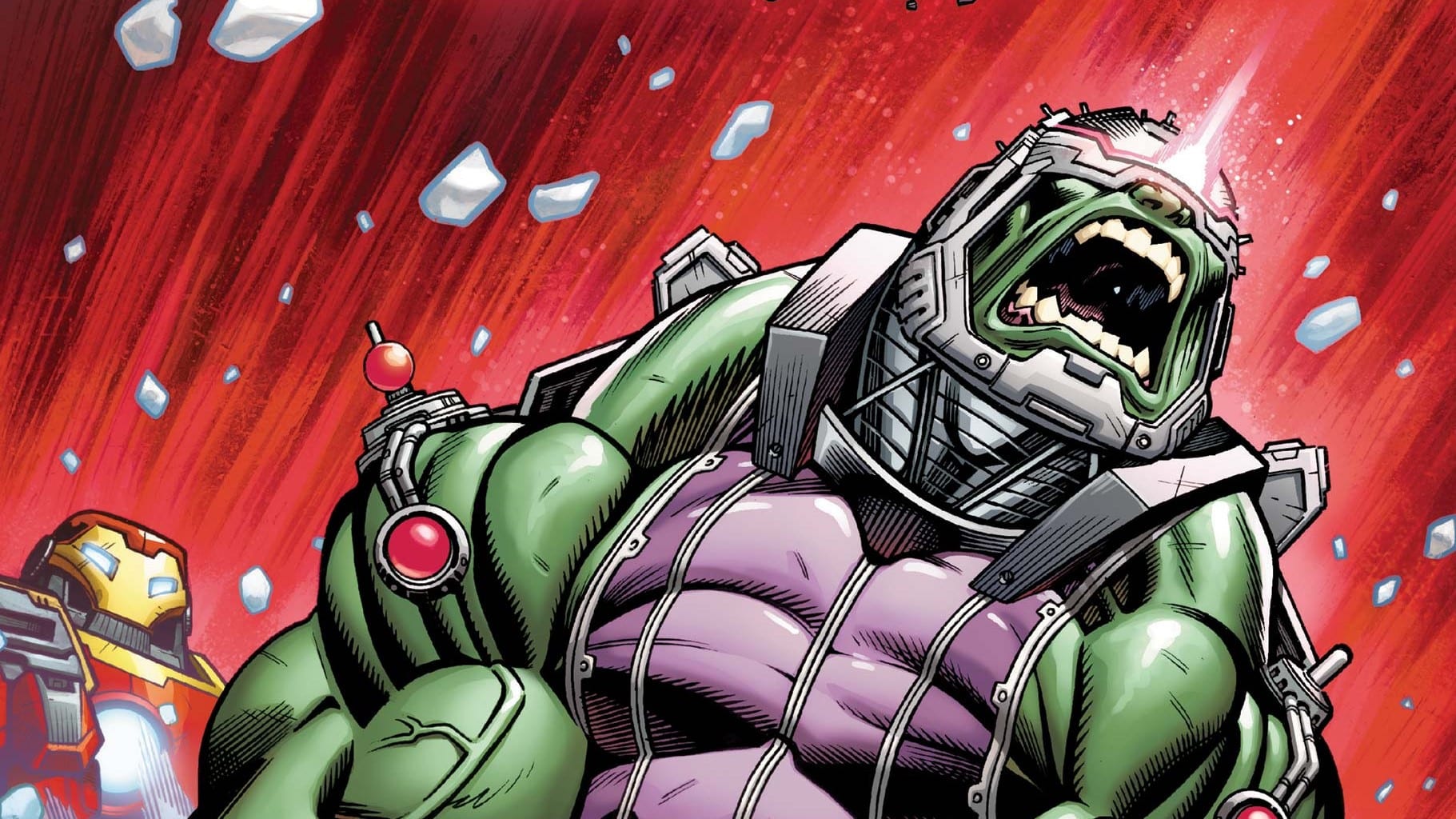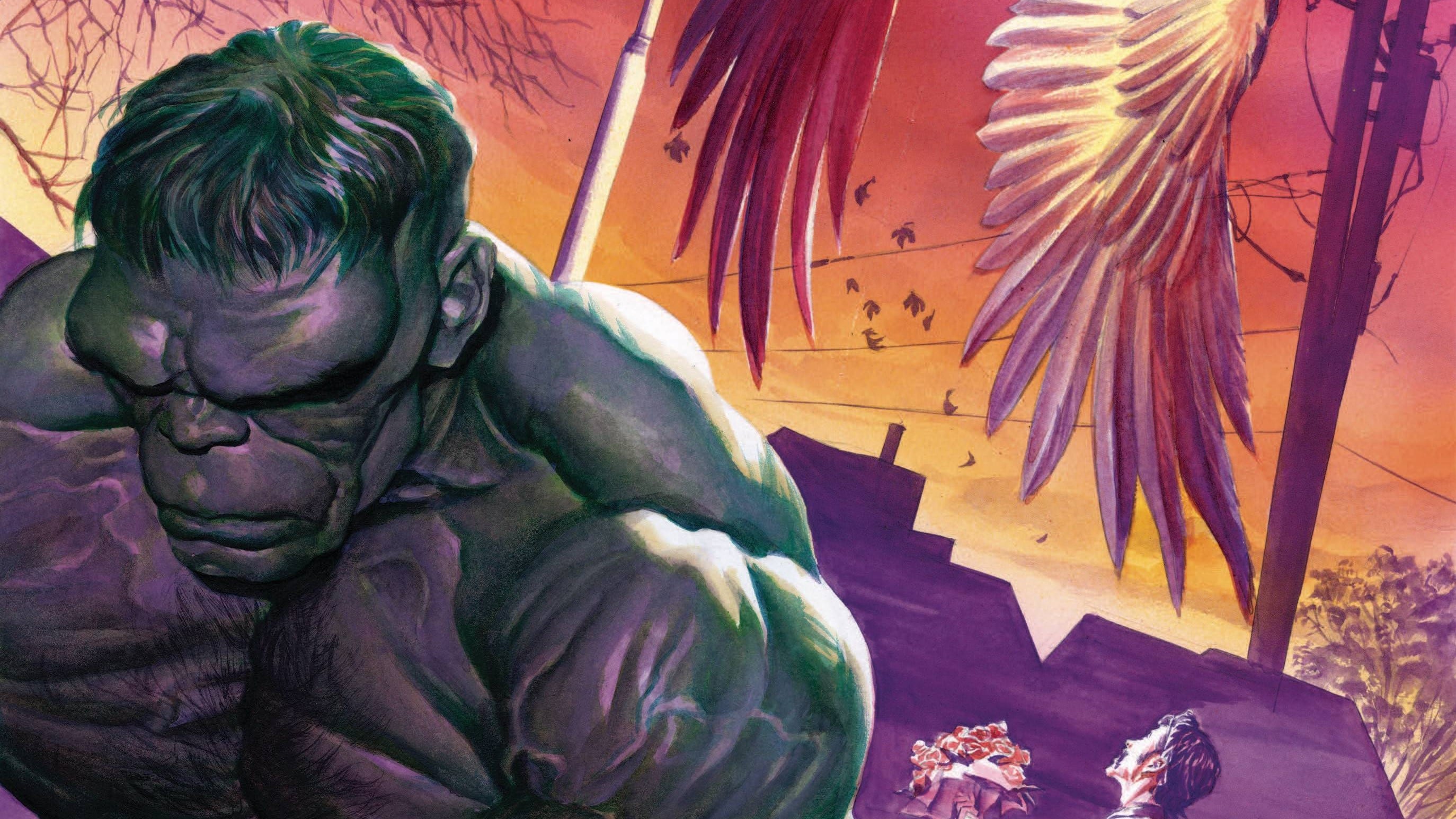Bruce Banner is The Hulk, The Hulk is Bruce Banner. Declan Shalvey and letterer Cory Petit deliver Immortal Hulk: Flatline
Getting the assignment of Immortal Hulk: Flatline is an unenviable task. It’s a one-shot spinning out of the critical and commercial success story of the last few years, dancing through the raindrops of that tale, while still trying to make a mark. Maybe there’s a sense of freedom in that? Expectations are lower and so is oversight. Maybe it’s a chance to let loose and stretch creative skills. It’s a challenge and one Declan Shalvey rises to, with a beautiful, if unmemorable story about rage.
Shalvey’s best known as an artist, having a career defining six issues on Moon Knight, but he’s been quietly pumping out quality written work with the irish crime fiction Bog Bodies and Savage Town. Here he asks about the nature of rage, and what separates man from monster. It’s frankly rote territory for the Jade Goliath, but serves the nature of the one shot. It’s a question valid about the format isn’t it? How much can one expect from 30some pages of a self-contained narrative? The story still feels like a Hulk story, it just happens to be a familiar one.
For what shortcomings there might be in the plotting, Shalvey ensures that this issue is a visual treat. His layouts are stacked, vertical panels, with a focal point breaking into the bleed. The term “widescreen comics” has garnered a lot of snickering, but it’s apt here. Shalvey controls the readers pace, using the bleed to pull readers in and out of the moment. Things stay tight and claustrophobic until the moment Hulk explodes onto the page in an impactful spread. Again, it’s a trick we’ve seen before, but that doesn’t mean it’s a bad one.
Shalvey uses other tools we’ve seen in the past, things like his messy, dark ink washes and detailed particles, to make his mark on this book. It’s unmistakable his work as glass and rock and debris swirl around the Hulk and his opponent. The work is detailed and measured, signaling when our hearts should start racing for the action, and when they should slow for introspection.
Adding to all this is a phenomenal color job by Shalvey. The whole book feels otherworldly, nearly dreamlike, as Bruce Banner walks through oppressive reds and oranges, calm desert sands mixed with a crisp blue sky, and enters the realm of the monstrous as sicky gamma greens and pitch blacks highlight each moment. It’s a limited pallet and one that helps emphasize the moments a stray element, like a blood red, is added to the mix. It’s disorienting in all the best ways, helping elevate the story telling.
We’re left then, with an interesting work. It’s not substantial enough to recommend, but it has enough redeeming qualities to make one think twice. If anything, it’s a proof of concept for Shalvey’s abilities as an all-in-one creator. Comics, at least Western direct market comics, are collaborative mediums where a writer and artist come together to make something, and there is value in that collaboration. There is also something to be said for a creator executing something with a purity of vision, like Immortal Hulk: Flatline. This is, for good and bad, distilled Declan Shalvey. Comics should have a space for that.
Zachary Jenkins co-hosts the podcast Battle of the Atom and is the former editor-in-chief of ComicsXF. Shocking everyone, he has a full and vibrant life outside all this.






